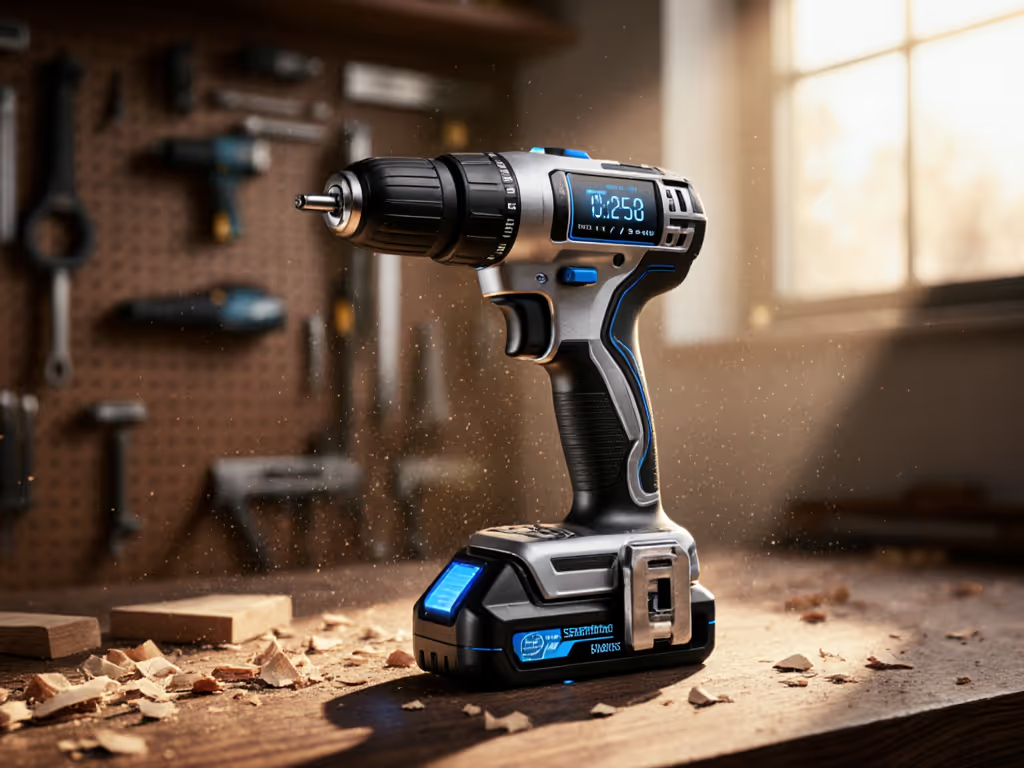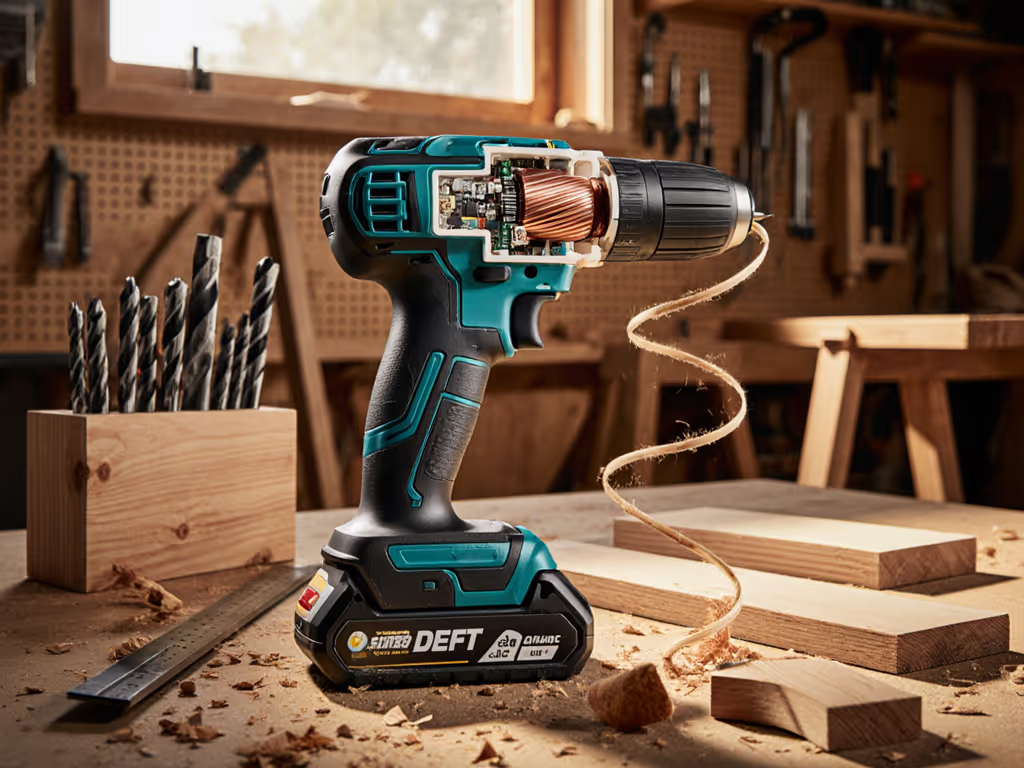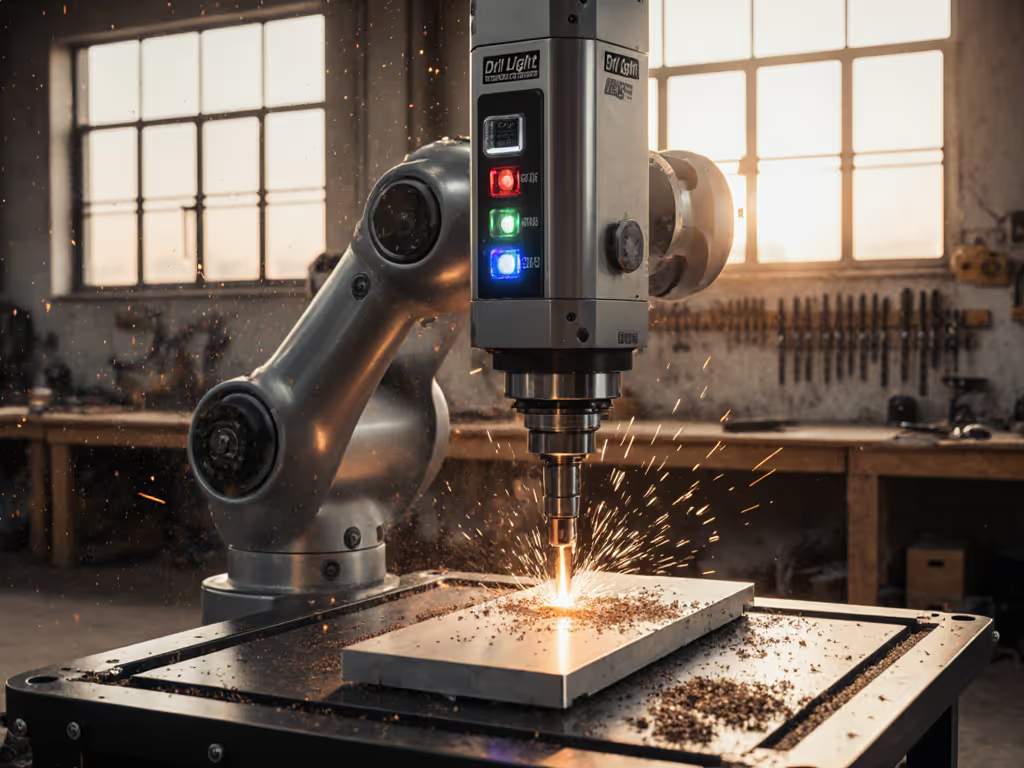
Top Cordless Drills with Smarter Control: No More Guesswork

Remember that frustration when you're halfway through hanging shelves and your drill keeps stripping screws? You're not alone. Many DIYers and pros face the same struggle when their tools don't match their project needs. Today's top cordless drill options are changing this experience with smart features that eliminate guesswork and build confidence through better control. As someone who's helped countless beginners avoid project-killing mistakes, I've seen how the right setup transforms anxiety into accomplishment. When my neighbor finally tackled those stripped bookshelf anchors by marking pilot holes and dialing the clutch properly, it wasn't just about fixing shelves, it unlocked an entire weekend of successful projects.
project drives the pick
Smart technology is making this kind of small-win success more accessible than ever, especially when you understand which features actually help rather than complicate your work. Let's explore how these innovations serve your projects, not the other way around. If you're unsure whether you need a drill, hammer drill, or impact driver for a task, see our tool selection guide.
How do modern smart features actually solve common drilling problems?
Traditional drills often leave you guessing about torque settings, resulting in stripped screws or wall damage. Digital torque monitoring changes this by giving real-time feedback on how much force your drill applies. Instead of relying on the "feel" of the clutch slipping (which even experienced users misjudge), these systems show you exactly when you're approaching the material's limit. This is especially valuable for beginners working with delicate materials like cabinet doors or drywall anchors where "just a little more" torque becomes "oh no, now I need spackle."
Smart power tool ecosystem integration means your drill can alert you when you're about to drive a screw too deep into a stud or when your bit is starting to dull. For keeping your drill in top shape between projects, see our power drill maintenance guide. Think of it as having an experienced buddy watching over your shoulder, not shouting corrections, but offering subtle guidance that builds your skills through successful outcomes.
Does drill IoT connectivity complicate things for beginners?
Quite the opposite when implemented thoughtfully. The best smart features operate in the background until you need them. For example, some drills automatically adjust torque based on the bit size you're using, no app required. When you do want to dive deeper, mobile app tool control offers visual guides showing exactly which settings work for your specific material and fastener combination.
This isn't about making your drill "smart" for the sake of technology. It's about translating complex engineering into simple, project-appropriate actions. When you're hanging a heavy mirror on drywall, the app might suggest starting with lower torque to prevent the anchor from spinning, then increasing only after the anchor sets. These small adjustments are exactly what builds confidence through small wins.
How does digital torque monitoring prevent common beginner mistakes?
Most stripped screws happen because users override the clutch when they think "just a bit more" will seat the screw perfectly. With traditional drills, you can't see the torque building until it's too late. Digital systems change this with color-coded indicators: green for safe, yellow for caution, red for imminent strip-out. Some even pause automatically when approaching dangerous torque levels.
This technology directly addresses the "under-load performance gaps" many DIYers experience. That drill might seem powerful during no-load testing, but real-world performance depends on consistent torque application. Digital monitoring ensures you're getting the full capability of your top cordless drill without damaging materials or fasteners.
Do I need smart features for basic home projects?
Not necessarily, but they make basic projects more successful. Consider hanging curtain rods. A conventional drill might drive the screw cleanly sometimes and strip it others, creating inconsistent results that undermine confidence. A drill with mobile app control can guide you to the perfect setting for your wall type and screw size, guaranteeing success every time.

The key is matching the technology to your actual needs. Compact drills with basic smart features often serve beginners better than max-torque professional models packed with unnecessary complexity. Remember that confidence comes from small wins with the right setup, not from owning the most advanced tool on the market.
How do smart drills help with battery ecosystem anxiety?
This might surprise you, but smart power tool ecosystem features actually reduce platform anxiety. If you're choosing between major brands, our drill ecosystem comparison breaks down battery compatibility, tool variety, and value. When tools communicate with each other and your phone, you get clear data about battery life for your specific task, not just generic "up to 50% more runtime" claims. You'll know exactly how many cabinet hinges you can install before needing a battery swap.
Some systems even track which battery performs best in cold weather or high-torque situations, helping you optimize your existing tools rather than feeling pressured to buy more. This transparency addresses the "runtime unpredictability" pain point that keeps many DIYers from starting weekend projects.
What should I prioritize when choosing a smart drill?
Start with your current projects, not hypothetical future ones. A compact drill with basic digital torque monitoring might serve your immediate needs better than a premium model with full IoT connectivity you'll never use. Consider these questions:
- What specific projects am I struggling with now?
- Which mistakes do I make repeatedly?
- How much guidance do I actually want while working?
That neighbor who avoided projects after stripping screws? We didn't start with a max-torque professional model. We chose a compact drill that gave just enough feedback to prevent those frustrating mistakes, then built from there. The right tool matches your current skill level while leaving room to grow.
The most valuable smart feature isn't the flashiest spec: it's the one that prevents your most common project-killing mistake. When technology serves your workflow instead of dictating it, you'll find yourself reaching for your drill more often, not less.
Ready to explore further
The best tool relationships develop through successful projects, not perfect specs. Instead of searching for the "best" smart drill, look for the one that makes your most frequent projects reliably successful. Check demonstration videos showing real-world applications of digital torque monitoring on materials you work with. Many manufacturers offer free trial periods for their companion apps. Test them with your current drill to see which features actually help before investing in new hardware.
Your perfect drill setup isn't about the highest number on the spec sheet: it's the one that turns "I hope this works" into "I know this will work." When you find that match, you'll not only finish today's project, but already be planning tomorrow's. Because confidence, after all, comes from small wins with the right setup.
Related Articles





History of Power Drills: How Innovations Fought Fatigue
Learn how breakthroughs - from pistol grips to lithium-ion and vibration damping - shifted drills from raw power to balanced ergonomics that fight fatigue. Use practical criteria and a quick self-test to choose and set up a drill that reduces strain while maintaining precision and productivity.
